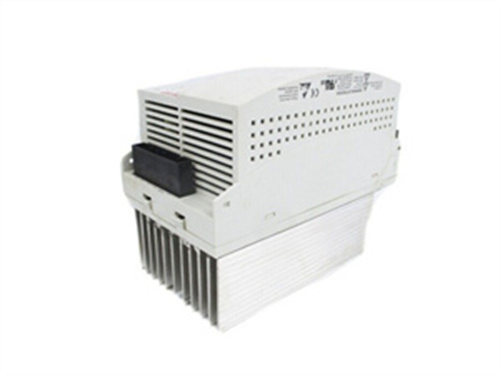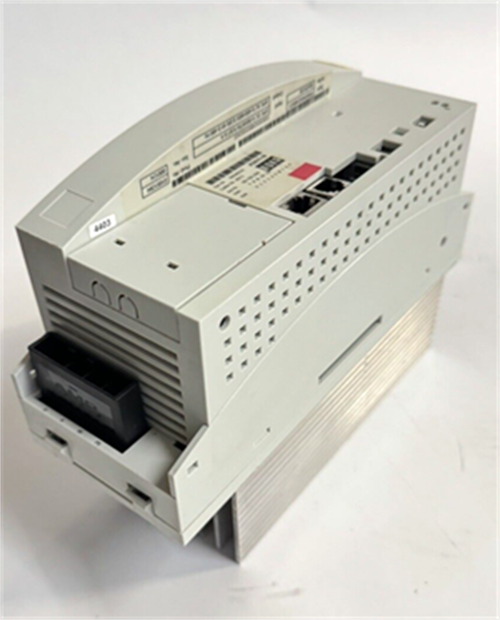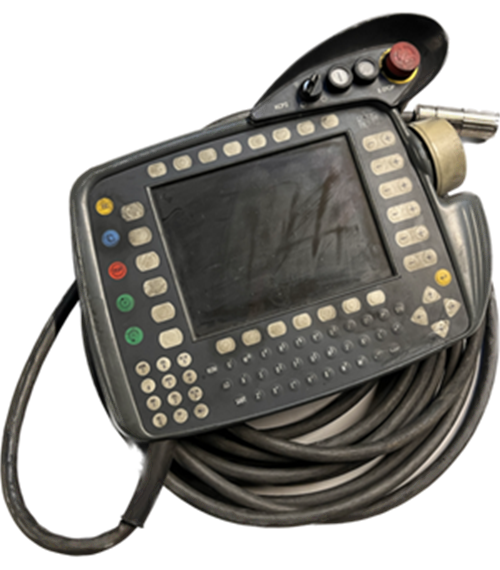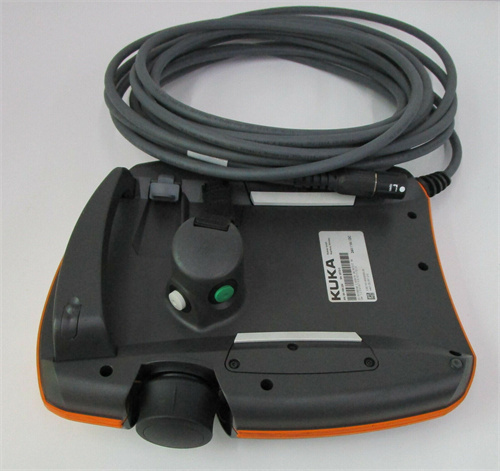Description
1. Product Description
KSD1 – 48 is a remarkable PLC spare part that holds great significance in the realm of industrial automation. Engineered by a company with extensive know – how in PLC technology, this model is crafted to address the diverse requirements of numerous industrial processes.
The KSD1 – 48 serves as a vital link in PLC – based control systems. Its primary function is to manage and regulate the input and output signals within the system. It can receive a variety of signals from different sensors, such as temperature sensors for monitoring the heat levels in industrial ovens, or pressure sensors in hydraulic systems. The KSD1 – 48 then processes these signals, ensuring they are in a format suitable for the PLC to interpret. Based on the processed data, it can also send out control signals to actuators like relays, which can switch on or off machinery. For instance, in a textile manufacturing plant, the KSD1 – 48 can monitor the tension of the fabric during the weaving process. If the tension deviates from the set value, it can send a signal to adjust the speed of the winding mechanism, maintaining the quality of the fabric.
The KSD1 – 48 finds wide – spread applications across multiple industries. In the manufacturing industry, it is used to streamline production processes, ensuring consistent product quality. In the energy sector, it helps in the efficient operation of power generation plants, whether they are fossil – fuel – based or renewable energy facilities. In the automation control field, it plays a crucial role in the smooth operation of complex robotic systems.
One of the key strengths of the KSD1 – 48 is its high reliability. It is designed to endure harsh industrial conditions, including high levels of dust, humidity, and mechanical vibrations. Additionally, it offers seamless integration capabilities. It can be easily incorporated into existing PLC setups without causing significant disruptions. Another advantage is its energy – efficient operation, which helps in reducing overall power consumption in industrial settings.
2. Product Parameters
| Parameter | Details |
|---|---|
| Power Supply | 24V DC (± 10%) |
| Current Consumption | Approximately 150mA during normal operation |
| Interface Types | Digital Inputs: 8 channels, compatible with standard digital sensor outputs; Digital Outputs: 4 channels, capable of driving low – power relays and similar actuators; Communication Interface: RS – 485 for serial communication with other devices in the PLC network |
| Compatibility | Compatible with most major PLC brands, supporting common industrial communication protocols like Modbus RTU |
| Operating Temperature | – 15°C to 55°C |
| Humidity | 5% – 95% non – condensing |


3. Advantages and Features
- High Reliability: A cement manufacturing plant has been using the KSD1 – 48 for 8 years. Despite the dusty and vibrating environment of the plant, it has only had one minor failure. Its Mean Time Between Failures (MTBF) is estimated to be around 700,000 hours. This high reliability has minimized production downtime, saving the plant approximately $50,000 in potential lost production costs over the years.
- Easy Integration: In a small – scale automotive parts manufacturing factory, when upgrading their PLC – based production line, the KSD1 – 48 was integrated into the existing system within 3 hours. The clear wiring diagrams and standard interface design of the KSD1 – 48 made the integration process straightforward, allowing the factory to resume production quickly.
- Energy – efficient: In a large – scale data center’s cooling system, where the KSD1 – 48 is used to control the fans and pumps, it has reduced the overall energy consumption of the cooling system by 12%. By accurately regulating the operation of these components based on the temperature and humidity data, it ensures that they run only when necessary.
4. Application Areas and Application Cases
- Application Areas: The KSD1 – 48 is applicable in industries such as manufacturing (textile, automotive, electronics), energy (power generation, energy distribution), and automation control (robotic assembly lines, industrial conveyor systems).
- Application Case: In a chemical processing plant, the KSD1 – 48 was installed to monitor and control the flow of chemicals in a reaction process. It received signals from flow sensors and temperature sensors. Based on the processed data, it adjusted the opening and closing of valves. This precise control improved the yield of the chemical reaction by 15% and reduced the waste of chemicals by 10%, leading to significant cost savings for the plant.
5. Competitor Comparison
Compared to similar products on the market, the KSD1 – 48 stands out with its higher reliability, as demonstrated by its long MTBF. Some competing products may have a lower MTBF, resulting in more frequent breakdowns and higher maintenance costs. In terms of integration, the KSD1 – 48 offers a more user – friendly experience, enabling faster and easier installation into existing systems. Its energy – efficient operation is also a significant advantage over some alternatives, which may consume more power, increasing operational costs.
6. Selection Suggestions
- Compatibility: When choosing the KSD1 – 48, ensure that it is fully compatible with your existing PLC system. Check the power supply requirements, as some PLC systems may have specific voltage tolerances. Also, verify that the interface types match those of your sensors and actuators. Make sure the communication protocol (such as Modbus RTU) is supported by your PLC for seamless data transfer.
- Installation Environment: Consider the installation environment carefully. If the area is prone to high temperatures, use heat – resistant enclosures for the KSD1 – 48. In dusty environments, ensure proper dust – proof measures are in place. For areas with high electromagnetic interference, use shielded cables to connect the KSD1 – 48 to other devices.
- Budget: Evaluate the cost of the KSD1 – 48 in relation to your budget. Although it may seem slightly more expensive initially due to its superior features, the long – term savings in terms of reduced maintenance costs, increased production efficiency, and energy savings can make it a cost – effective choice.

7. Precautions
- Installation: Follow the installation instructions provided by the manufacturer strictly. Ensure that all electrical connections are made correctly and that the power supply is disconnected before installation to avoid the risk of electric shock.
- Safety: Before performing any maintenance or repair work on the KSD1 – 48, always disconnect it from the power source. This will prevent accidental activation of components and protect you from potential electrical hazards.
- Maintenance: Regularly inspect the KSD1 – 48 for any signs of damage, such as loose connections, cracked casings, or discolored components. Clean the unit periodically to remove dust and debris. Keep the software or firmware up – to – date to ensure optimal performance.
Shanxi Runsheng Import & Export Co., Ltd. is your trusted partner. We provide the sales and technical support of KSD1 – 48 and other automation spare parts. Please visit our website www.sxrsrobot.com or contact us, and we will serve you wholeheartedly.










Reviews
There are no reviews yet.